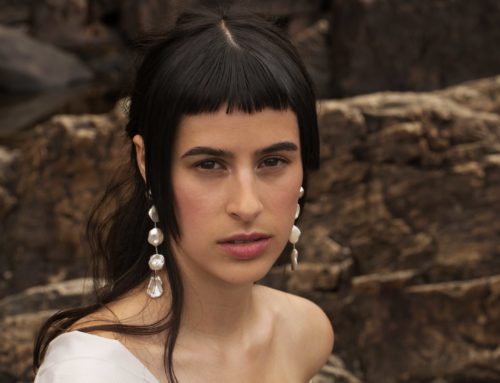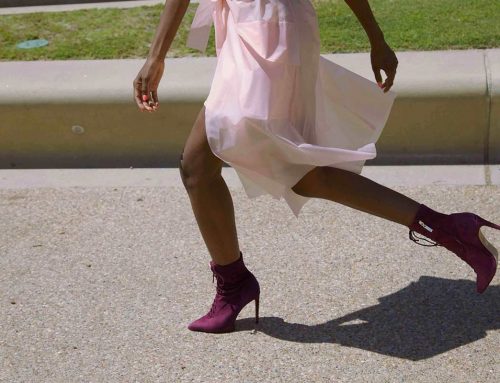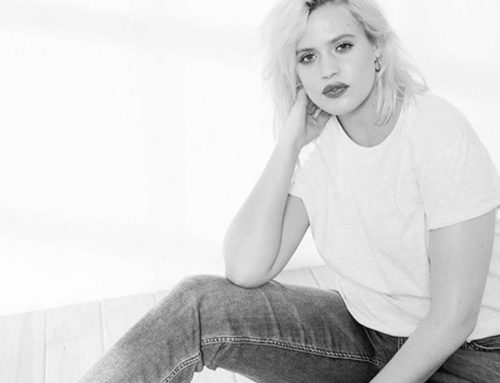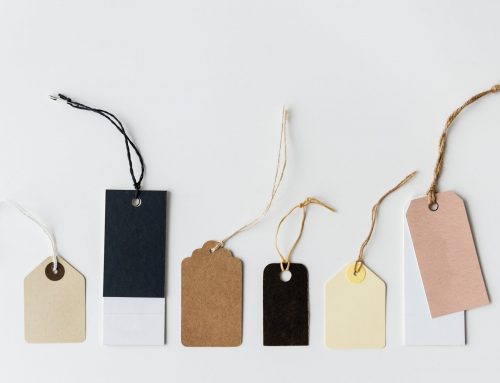The fashion industry’s biggest figures weigh in on why two heads are always better than one.

Calling all fashion nerds: British fashion journalist and editor of fashion film site SHOWstudio Lou Stoppard brings you your new favourite coffee table book. A compilation of candid interviews with some of fashion’s greatest partnerships — including designers Vivienne Westwood and Andreas Kronthaler, photographers Mert Alas and Marcus Piggott, designer Marc Jacobs and stylist Katie Grand — Fashion Together: Fashion’s Most Extraordinary Duos on the Art of Collaboration is an in-depth look at what’s likely the least discussed but most important part of the creative process.
Here’s what some of the interviewees had to say:
Fashion designer Marc Jacobs, on collaborating with stylist Katie Grand, seeking the female perspective, and why women are important to his design team:
“I think that’s important of all the women that I work with. I’ve always credited women designers as being historically the most important in terms of their contributions to fashion, and I think that’s because they don’t objectify women in the same way. It just comes down to the fact [that] I’m not a woman, even though I certainly have no problem wearing women’s clothes! When women on the team at Marc Jacobs want or desire or covet the thing that I’m working on, that gives it validity. It allows you to believe in things, when otherwise they just seem like a costume, somehow.”
Fashion photographer Nick Knight, on working with fashion fixture Daphne Guinness and why he loves collaboration:
“It’s a nice thing to be able to see the world through Daphne’s imagination…To try to see what they see. It’s such a privilege. People talk about teleporting, and I suppose collaboration is the closest thing I’ve known to that — you’re almost entering someone else’s body and understanding the world as them. That’s why I want to work with so many different people, because trying to understand the world through John Galliano’s eyes or through Daphne’s eyes or Lee’s [Alexander McQueen], or all those people, offers a whole set of experiences that you become privy to, that you’re allowed to see. You can see all the reasons that they became the people they are. It’s a real honour to work with other people…I wouldn’t want to work in any other way —otherwise it’s like talking to yourself.”
Model Mariacarla Boscono, on her personal and professional relationship with designer Riccardo Tisci:
“I’m often referred to as his muse, but I refer to him as my muse! I’m fascinated by Riccardo. Not with the clothes. We don’t sit around and talk about fashion — we talk about life! Holidays, books, people, parties, places we want to go… He’s the leader — but I’m a leader, too. Yes, we’ve had major fights. Sometimes we’ve even called our mothers to negotiate. We’re like brother and sister, lovers, supports, muses — we’re everything.”
Designer Jonathan Anderson, of J.W. Anderson and Loewe, on working with stylist Benjamin Bruno:
“Ben has the fashion and I have the commerciality. What happens in the end is two minds make it a brand. There’s no designer. The two of us together make a designer.”
Viktor Horsting, of Viktor&Rolf, on the similarities between him and his partner, Rolf Snoeren:
“We’re both quite introverted. We both saw our childhoods as quite boring, and I think we developed a similar mechanism for overcoming this boredom: We both loved to draw, loved to read. We were both escaping into the mind, escaping into the world of fantasy.”
Designer Jack McCollough, of Proenza Schouler, on what inspires he him and his partner, Lazaro Hernandez:
“I do think our collections are very autobiographical in a lot of ways. We’re not working at some heritage company where there’s this archive and history to pull from. Instead of looking at the past, we’re looking more toward our present lives and the future and just pulling from that.”
Carol Lim and Humberto Leon, of Opening Ceremony and Kenzo, on what drives their work:
Leon: “We’re basically fans and we look at everything as audience members. So, with our shows, we try to think, how can we make ourselves jealous? We want to be sitting in the audience thinking, fuck! How’d they do that? That’s amazing! We want to look back in twenty years and say, ‘That was the car show,’ or ‘That was the play at the Met,’ or ‘That was our Frank Lloyd Wright collection with the New York City Ballet.’”
Lim: “It’s about creating a memory in a moment of time so people will remember the whole experience.”
Milliner Philip Treacy, on his much-discussed partnership with the late style icon Isabella Blow:
“Maybe because it wasn’t about money, or anything financial. It was about friendship and love — it was sincere and authentic. I love making hats and Isabella loved wearing them. I didn’t even need to go out with Isabella in the hats—I was happy if the hat went. Isabella used to say to me, in the early years when I didn’t understand so much about the industry, that she didn’t want us to be a horse and cart act. What she meant was that she wanted me to grow and be successful. She was territorial, but she also wasn’t. She wanted the best for me, for us, not the best for her. That’s unusual. Sure, she wanted hats and she wanted clothes, but only because she really loved them. That was the biggest compliment I could have been paid. Because she didn’t like them —she loved them.”
Designer Katie Hillier, of Hillier Bartley, on creating work with her partner, Luella Bartley, that’s informed by their sense of what it means to be a woman:
“When we started this, we just wanted to do exactly what we want, and what we feel is right. There’s this creative pathway that you can go down sometimes where you can choose to be a bit blinkered and not look at what’s going on around you because you’re supporting each other. Often you might have a really great idea and if you’re on your own you can talk yourself out of it, whereas if you’re together you can get excited about it.”
Fashion Together: Fashion’s Most Extraordinary Duos on the Art of Collaboration, $70.29 at Chapters Indigo.





